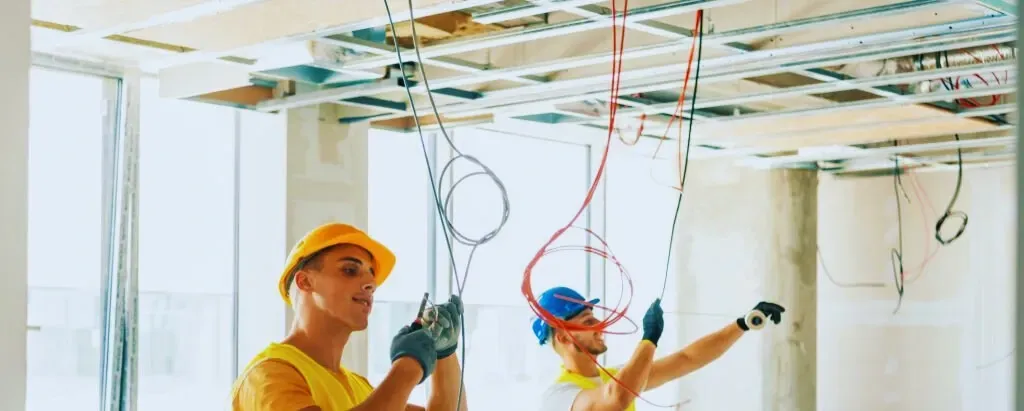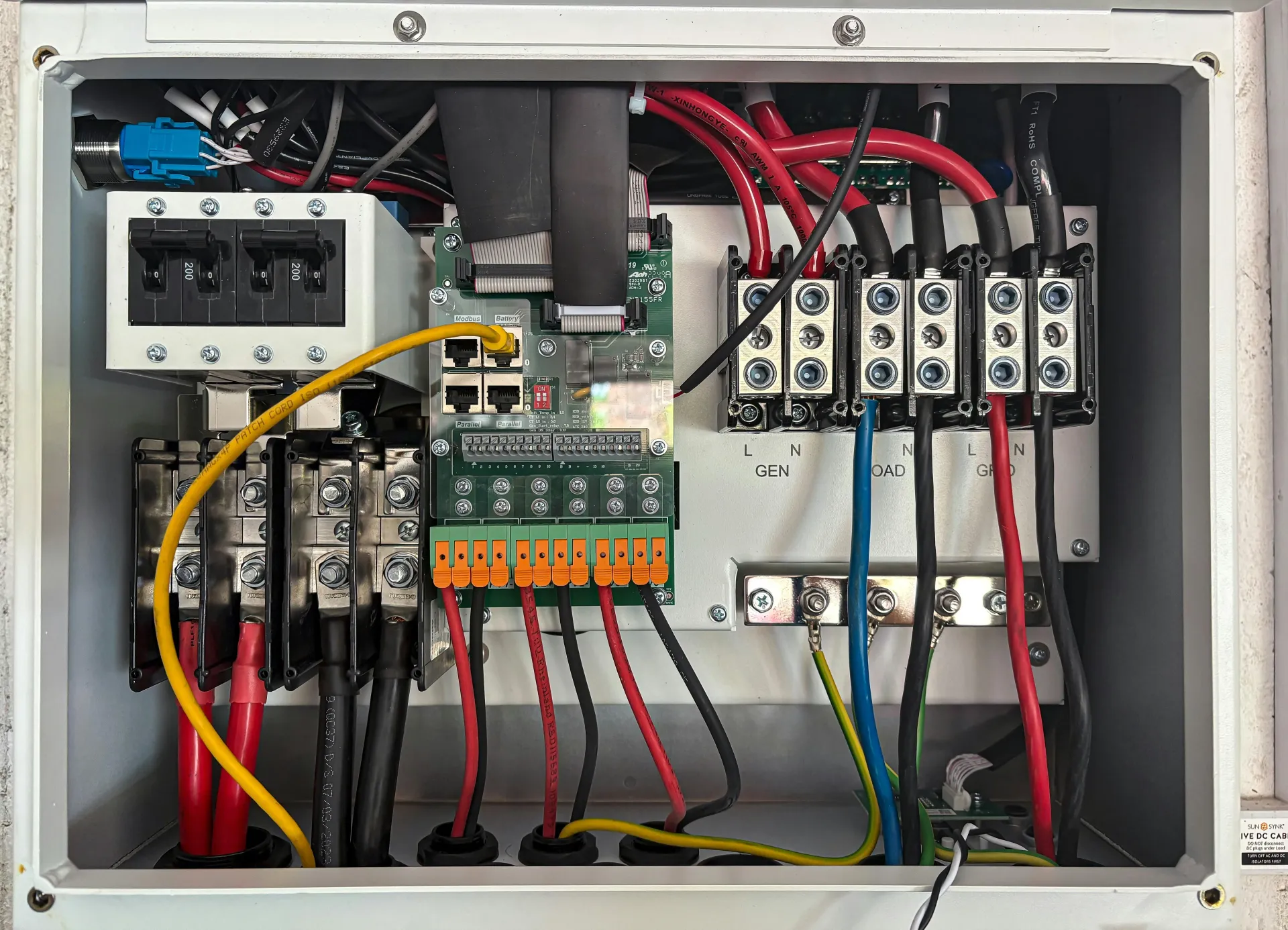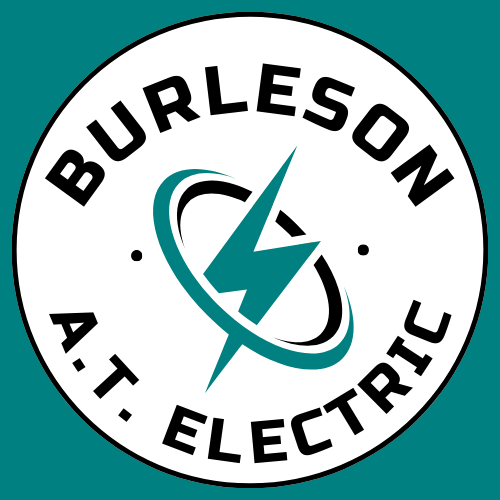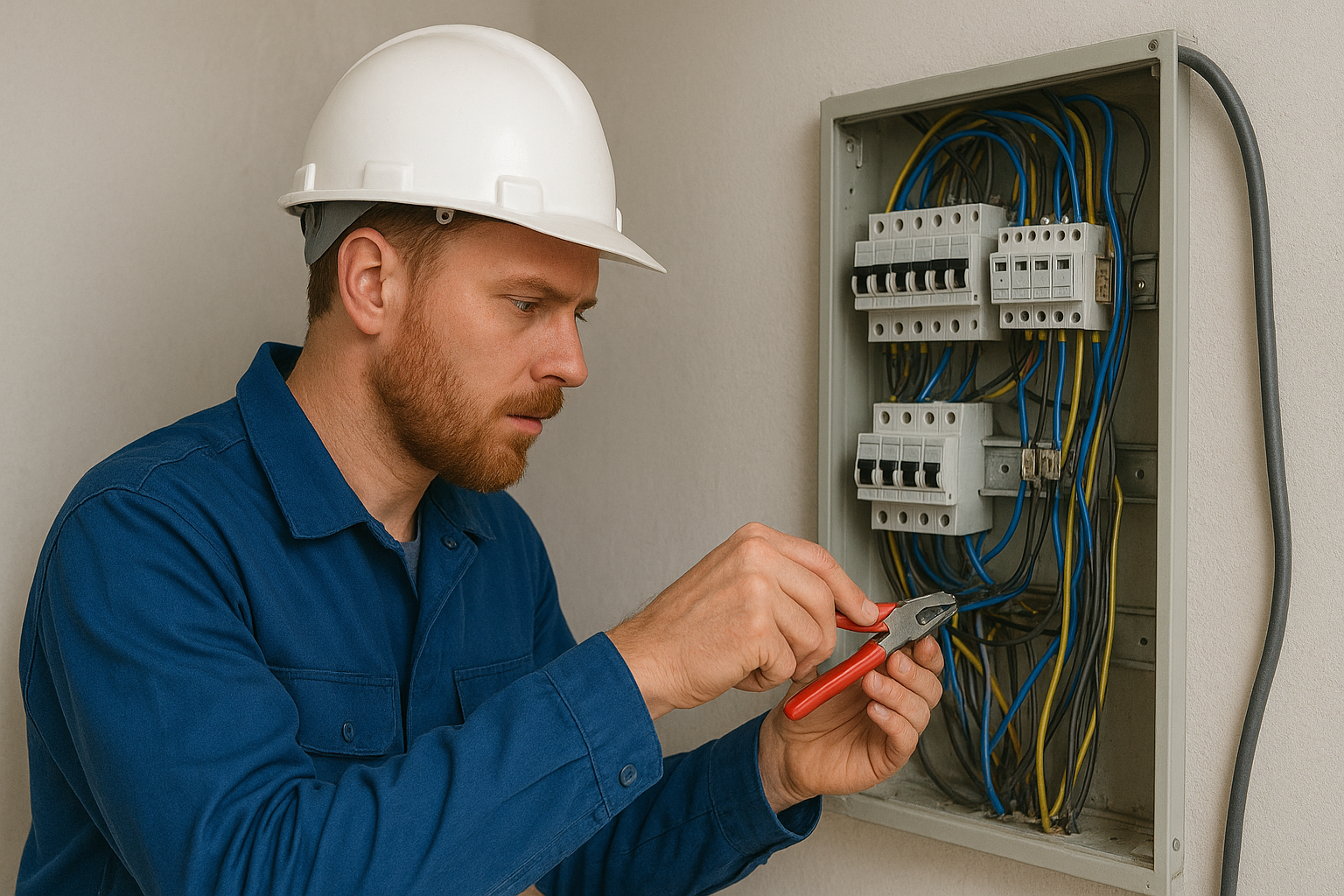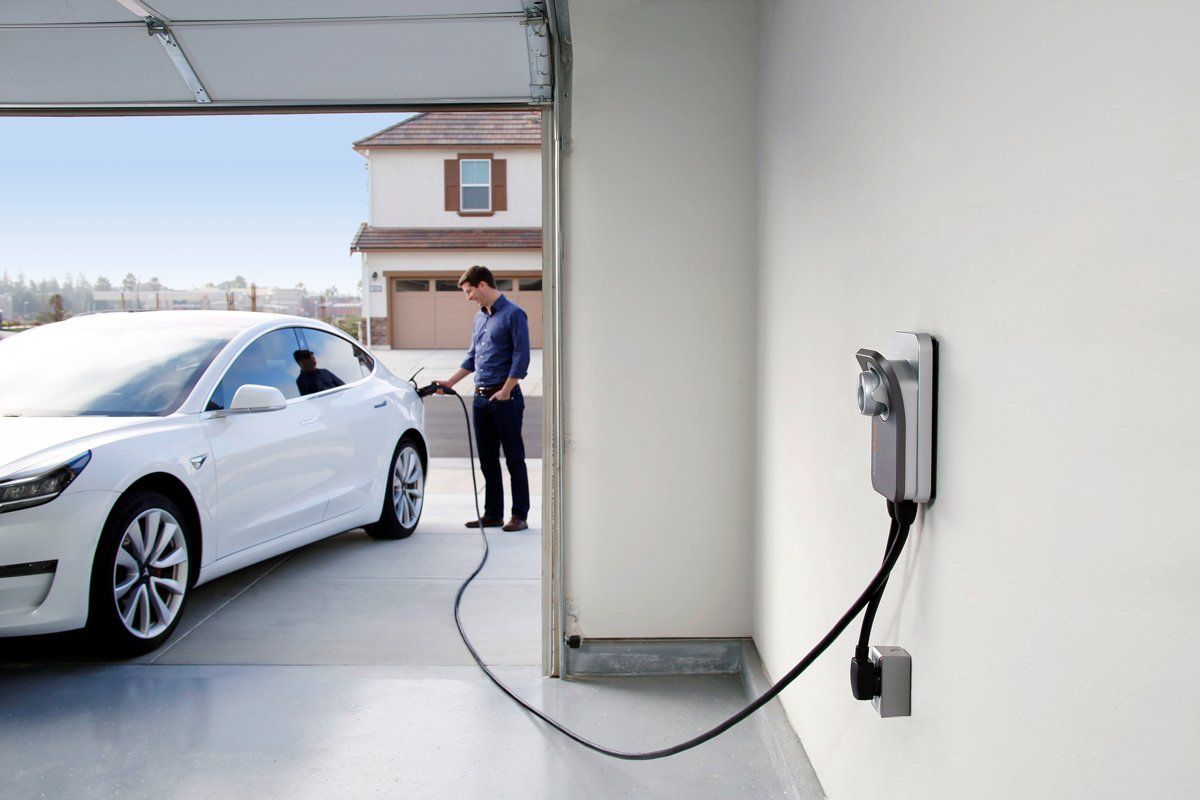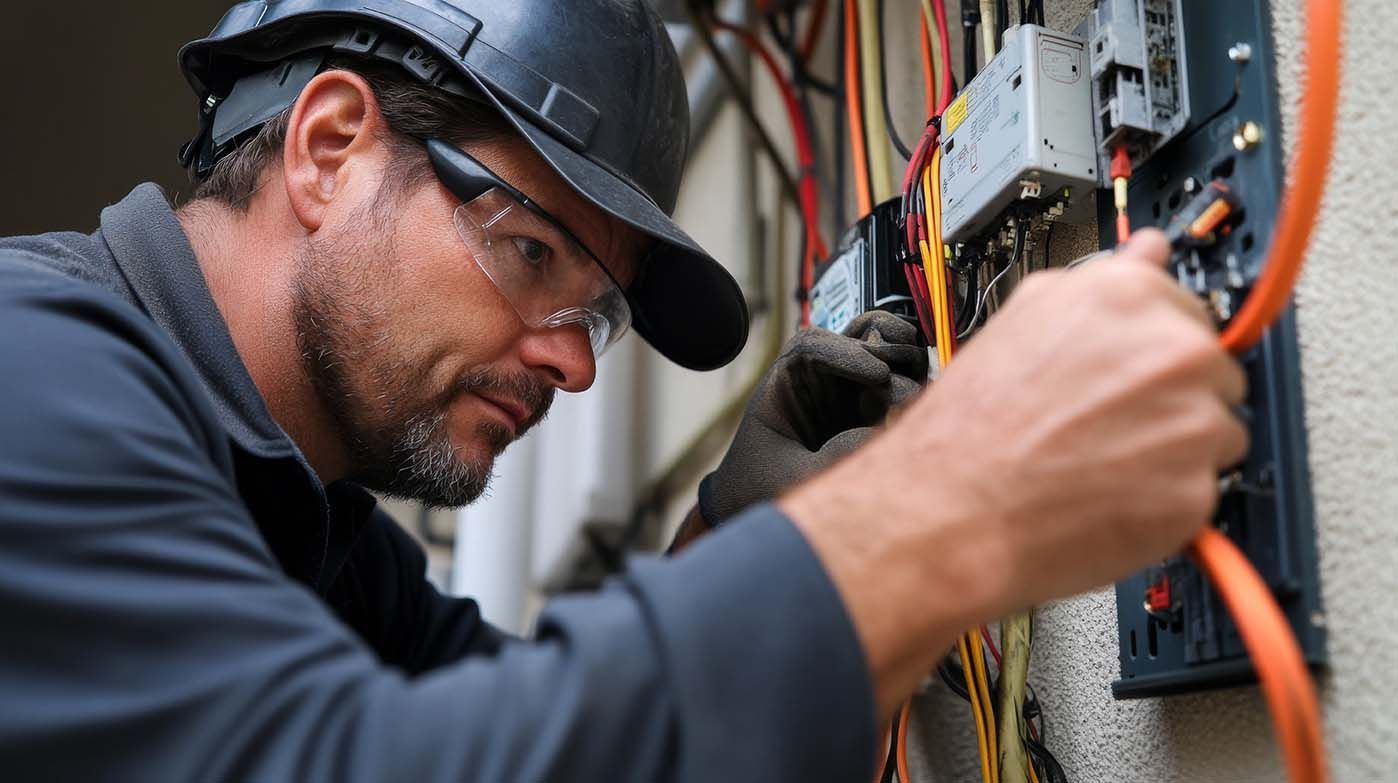Surge Protection Explained: What It Is and Why Every Home Needs It
Introduction to Surge Protection
Imagine a sudden lightning strike or a power line issue frying your expensive electronics. This scary scenario is more common than most homeowners realize. That’s where surge protection steps in. Surge protection isn’t just a tech term—it’s a practical shield that protects your home’s electrical systems and devices from dangerous voltage spikes. With more electronics and smart gadgets in our homes than ever before, understanding and investing in surge protection has never been more critical.

What is Surge Protection?
Surge protection is a defense mechanism for your home’s electrical network. At its core, it prevents sudden bursts of high voltage—also called “surges”—from damaging your appliances, devices, and wiring. A surge protector acts like a traffic cop, rerouting excess energy safely into the ground, away from your sensitive electronics.
Voltage spikes can last for microseconds, but the damage they cause is lasting. Whether it’s a whole-house surge protector or a plug-in strip, these devices are engineered to manage and mitigate voltage surges before they wreak havoc.
How Electrical Surges Happen
Surges happen when there’s a sudden increase in electrical voltage flowing through your wires. Here’s how they typically occur:
- Lightning Strikes: One of the most powerful sources, though less frequent.
- Utility Grid Switching: Changes or maintenance by your electrical provider.
- Downed Power Lines: Accidental contact from trees or weather can cause voltage spikes.
- Home Appliances: Motors in refrigerators, HVAC systems, and even vacuum cleaners can trigger mini-surges.
While not every surge is catastrophic, repeated minor surges silently degrade your electronics over time.
Common Sources of Power Surges in Homes
You might be surprised to know that internal sources are responsible for about 60–80% of power surges. Here’s a breakdown:
Source Type
Lightning External
Large Appliances Internal
Faulty Wiring Internal
Utility Switches External
Tripped Breakers Internal
Your home’s own devices—like air conditioners or garage door openers—often trigger small surges when they cycle on and off.
Dangers of Not Having Surge Protection
Skipping out on surge protection can cost you more than you think. Here are some serious risks:
- Damage to Electronics: TVs, computers, refrigerators, and more are vulnerable.
- Fire Hazards: Electrical surges can spark wires, posing a real danger.
- Data Loss: Computers and smart devices can lose critical information.
- Financial Hit: Replacing damaged electronics gets expensive fast.
And remember, warranties on most devices don’t cover surge damage.
Why Every Home Needs Surge Protection
Today’s homes are filled with smart devices, sensitive appliances, and complex wiring. From entertainment systems to home automation, your electronics are more vulnerable than ever. Installing a surge protection system isn’t just smart—it’s essential. It guards your investments, keeps your family safe, and offers peace of mind.
Still unsure? Experts at Burleson Electric’s Electrical Service recommend whole-house surge protection as a standard part of modern home setups.
Whole House Surge Protector vs Power Strips
Many homeowners confuse power strips with real surge protectors. Here’s the truth:
Feature Whole-House Surge Protector Power Strip
Coverage Entire home Limited to a few devices
Installation At breaker panel Plug into outlet
Cost Higher upfront, better ROI Cheap, limited protection
Professional Installation Required DIY
If you want real protection, a whole-house system is the way to go.
Types of Surge Protectors Available
Depending on your needs, there are various surge protectors to consider:
- Panel-mounted Protectors: Installed directly in the main electrical panel.
- Service Entrance Protectors: Located at the power meter; best for lightning-prone areas.
- Plug-in Protectors: Basic strips for electronics like TVs and PCs.
Each type has a role to play. A combination offers the best coverage.
How Surge Protectors Work
Surge protectors don’t stop surges—they manage them. When voltage rises above a safe threshold, the protector redirects the extra electricity to the ground wire. This prevents that surge from reaching your electronics.
Good surge protectors use Metal Oxide Varistors (MOVs) or gas discharge tubes, which respond instantly to voltage spikes, providing an invisible safety net every time the power flickers.
Signs You Need Surge Protection at Home
Think your home is safe without surge protection? Think again. Look out for these red flags:
- Lights flicker frequently
- Circuit breakers trip often
- Burn marks around outlets
- Devices suddenly stop working
Even if none of these apply, surge protection is a smart preventive measure.
How to Choose the Right Surge Protector
Don’t just grab the first product off the shelf. Here’s what to look for:
- Joule Rating: Higher means more protection.
- Clamping Voltage: Lower is better (330V–400V is ideal).
- Response Time: Should be less than one nanosecond.
- UL Certification: Look for UL 1449 label for peace of mind.
Pro tip: Get help from licensed electricians for system-wide protection.
Installation Process for Whole House Surge Protectors
Professional installation ensures safety and code compliance. Here’s what to expect:
- Assessment of your home’s electrical system
- Selection of appropriate surge protector
- Mounting near the main breaker panel
- Testing and safety verification
Installation usually takes less than two hours and should only be done by experts. If you're ready to get started, check out the Contact page to book a licensed electrician today.
Benefits of Professional Surge Protection Installation
Doing it yourself might save a few bucks, but hiring professionals ensures:
- Code Compliance
- Warranty Coverage
- Proper Grounding
- System Integration
Professionals also help you plan for future expansions, such as solar or EV charger installs.
The Role of Surge Protection in Electrical Safety
Surge protection is more than just gadget insurance. It plays a huge role in home safety by:
- Reducing fire risk
- Preventing circuit overloads
- Ensuring uninterrupted power to critical devices
Combined with circuit breakers and smoke detectors, it forms a complete home safety net.
Maintenance Tips for Surge Protectors
Surge protectors don’t last forever. Follow these tips:
- Inspect annually
- Replace plug-in protectors every 3–5 years
- Check for indicator lights
- Keep units dry and dust-free
A well-maintained system is a reliable one.
Myths About Surge Protection Debunked
Let’s bust a few common myths:
- “Power strips are good enough.” Not true unless they have built-in surge protection.
- “Surge protectors last forever.” They degrade over time.
- “Only people in stormy areas need them.” Everyday surges can happen anywhere.
Know the facts to keep your home safe.
Cost of Surge Protection vs. Cost of Damage
Think surge protection is too expensive? Consider this:
Item Estimated Replacement Cost
Smart TV $700–$1,500
Refrigerator $1,200–$2,500
Gaming Console $400–$800
Laptop $1,000–$2,000
Whole-House Surge Setup $300–$600 (one-time)
Protection pays for itself after one storm.
Surge Protection and Home Insurance
Some home insurance policies offer lower premiums or incentives for surge protection systems. Ask your provider if you qualify for discounts when upgrading your home's safety infrastructure.
Surge Protection Explained
Surge protection isn’t just an option anymore—it’s a necessity. From lightning strikes to the everyday switching on of your HVAC, electrical surges are everywhere. By investing in whole-home protection and trusting experienced professionals, you’re shielding not just your electronics, but your peace of mind.
FAQs
What is a power surge?
A power surge is a sudden spike in voltage that can damage or destroy electronics and appliances.
Is a surge protector the same as a power strip?
No. Not all power strips offer surge protection. Look for one labeled “surge protector” with a joule rating.
How often should I replace my surge protectors?
Every 3–5 years for plug-in models, and check whole-house protectors during annual electrical inspections.
Do I need surge protection if I have a generator?
Yes. Backup power can still introduce voltage spikes, especially during switchover phases.
Can I install surge protection myself?
Plug-in units, yes. Whole-house systems should be professionally installed.
Is surge protection really worth the cost?
Absolutely. One surge can destroy multiple devices. Protection costs less than replacing just one major appliance.
Conclusion and Next Steps
Surge protection is a small investment with massive benefits. It safeguards your home, devices, and your loved ones. With modern homes becoming smarter, safer, and more connected, surge protection is no longer optional—it’s essential. If you're considering installation or upgrades, don’t wait. Contact your local expert for Electrical Service today and take the first step toward a surge-safe home.
Links
